Your kids, or perhaps you, have decided to learn an instrument. Excellent choice! But what should it be? If you need inspiration, take a look at our article on instrument categories. Once you’ve narrowed down your options, the next step is to choose the right instrument size or dimensions for your body. This is crucial, beginners should focus on playing the instrument, not wrestling with it!The good news is that many instruments are available in a range of sizes, including child-friendly versions.
Below, you’ll find some examples to guide your choice:
✨ Back 2 School starts here ✨

Candidate No. 1: the guitar
A super-popular instrument for beginners, in which models are offered in different instrument sizes, is the guitar, especially the student or nylon-string guitar. Arm and finger length are the decisive factor here, so if we’re dealing with a child a size that is smaller than 4/4 is usually more appropriate. This is important for correct posture and with this in mind a young student might consider a 1/2-, 3/4– or 7/8-sized guitar. In case you’ve ever heard the term “female model” in reference to guitars this is usually the 7/8 size. It doesn’t mean this size is exclusively for women, some men might find it to be perfect for their body size. If the guitar is an intimidating option, maybe a ukulele might fit best right now?
The guitar, particularly the student guitar or nylon-string guitar, is one of the most popular instruments for beginners, and it comes in a variety of sizes. The decisive factors when choosing are arm and finger length. For children, a guitar smaller than 4/4 size is often best to ensure proper posture, making 1/2-, 3/4-, or 7/8-sized models good options.
You may have heard the term “female model” when referring to guitars, this usually means the 7/8 size. However, it’s not exclusive to women; many men find it suits their body size perfectly.
If the guitar feels like too big of a step for now, a ukulele could be a fun and approachable alternative.
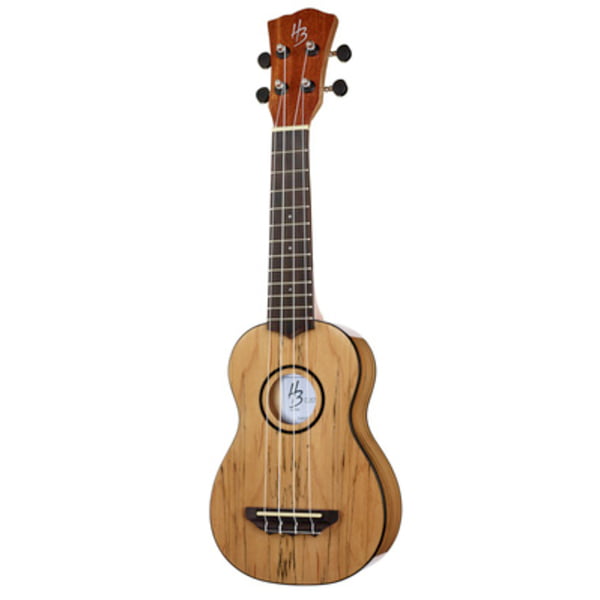
Harley Benton
Kahuna CLU-30S
Candidate No. 2: The flute
When it comes to wind instruments, age and height bring their own set of considerations. A full-sized flute demands a wide finger span, something that can be challenging if a player’s hands and fingers aren’t yet fully developed. The length of the tube, including the headjoint, also plays a role, making the control and precision of certain notes more demanding.
Fortunately, manufacturers addressed this long ago with solutions like the curved head piece. This design makes the instrument far easier to handle, allowing young musicians to play comfortably and with better control. Later, as they grow, students can transition smoothly to a full-sized model without difficulty.
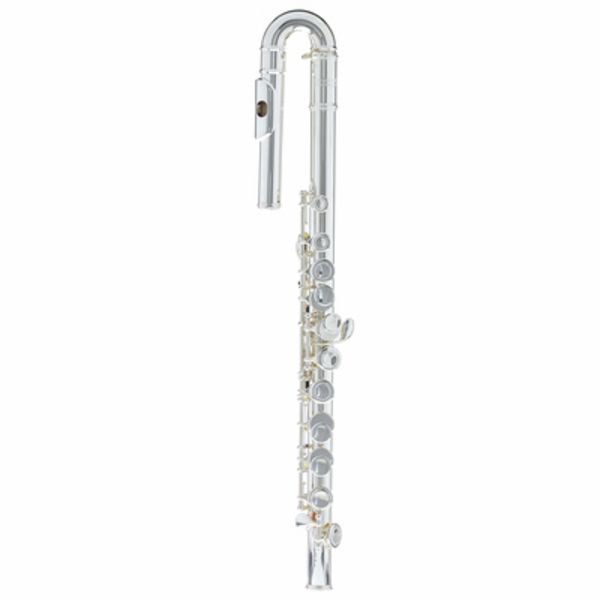
Thomann
FL-100 Junior Flute
Candidate No. 3: The accordion
The accordion is the traditional band-in-a-box! An instrument perfect for different musical styles and always up to date. However, it fcan feel very bulky and heavy at first. Operating the bellows and playing on the bass and treble side at the same time requires some muscle! And an accordion with 42 keys on the treble side easily weighs around 12 kg. You have to start lift weighting before you can start playing!
Well, kids don’t have to, after all, there are various different models, whereby instrument size and weight are also determined by the number of keys in the treble, the basses and chords. You’ll even notice instruments specially designed for small beginners, paving the way for the next generation. The accordion is both a useful entry-level and popular advanced instrument, whether for waltz, folk music or Irish rock.
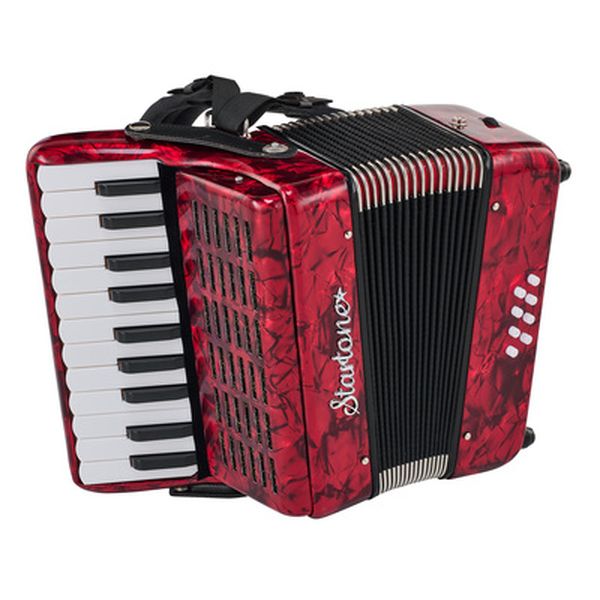
Startone
Kids Accordion Red MKII
Candidate No. 4: The Piano
A piano can’t really be made smaller, at most, there are only slight variations in size. The keyboard is largely standardised, with key dimensions staying the same across instruments. This means that younger or smaller students might find it a bit more challenging to explore the full range of the piano. Still, with the right technique and practice, even small hands can create big music. Players with longer arms and fingers may have an advantage in reach, but passion and dedication count for far more.
Your kids can certainly start with a smaller number of keys or slide wildly back and forth on the piano bench. At least there are alternatives with which the not-yet-fully-grown can prepare for the leap to the big piano, for example more compact e-pianos or small home keyboards with less keys. Please keep in mind, however, that smaller keys are only partially promising, especially since getting used to the standard size will be the real challenge.
candidate No. 5: The double bass
The double bass is undoubtedly an exciting instrument that can bring a lot of fun—whether played with a bow in the classical world or plucked and slapped in rockabilly, bluegrass, or rock’n’roll. The only drawback? It’s not exactly the most portable instrument, some even call it a musical monster!
Double basses for children come in various fractional sizes: 1/8, 1/4, 1/2, and 3/4, to suit different ages and heights. A 1/8 size is typically for the youngest beginners (ages 5–7), followed by 1/4 (ages 7–9), 1/2 (ages 9–13), and finally 3/4 for older children and smaller adults. Interestingly, most adults, including many orchestral players, actually use the 3/4 size rather than a full-size instrument.
Here’s a more detailed breakdown:
- 1/8 Size – Best for ages 5–7, or players around 3’6″–4′ tall.
- 1/4 Size – Suitable for ages 7–9, or players around 4’–4’6″ tall.
- 1/2 Size – Appropriate for ages 9–13, or players around 4’6″–5′ tall.
- 3/4 Size – Common for teenagers and smaller adults, or those 5′ and taller. This is the most popular size among adult players and in orchestras.
candidate No. 6: Drums
There are drum kits in various sizes for the rhythm section. If your children are not yet fully grown, which is usually the case with their FIRST instrument, they will be overwhelmed by the dimensions of an adult kit. On a children’s drum kit, they can learn all the techniques without compromising their posture and movement patterns. And these are full-fledged drum kits for beginners, not toys.
When choosing a drum kit, both children and adults should consider size, budget, space, style, durability, and accessories. Kids benefit from junior-sized kits, colorful designs, adjustable hardware, and quieter options like mesh heads.
Adults often look for flexibility, better sound quality, compact solutions for small spaces, and proper ergonomics to protect their health.
Instrument Sizes: What size does my child need? – Feedback
Let’s put it this way: even if your child has their heart set on learning something unique or unusual, it’s important to stay realistic when making the final choice. There are so many fun and inspiring instruments out there, and over time, the young musician will naturally grow into full-sized versions.
And don’t forget to explore all of our Online Guides on thomann.de, they’re a fantastic resource for finding the perfect instrument.


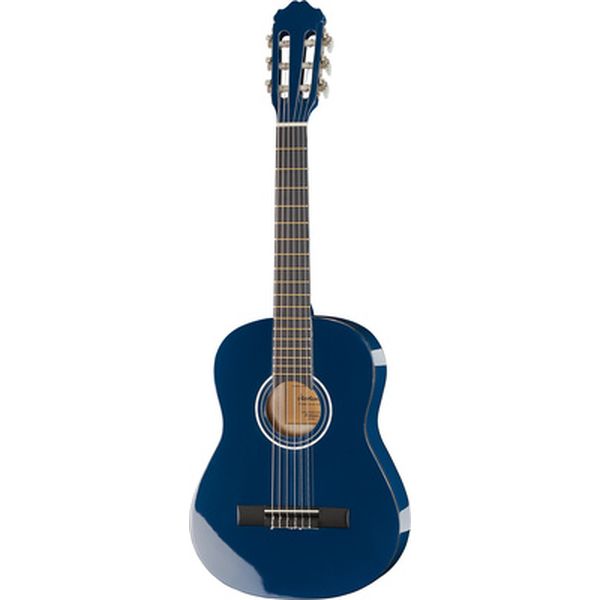
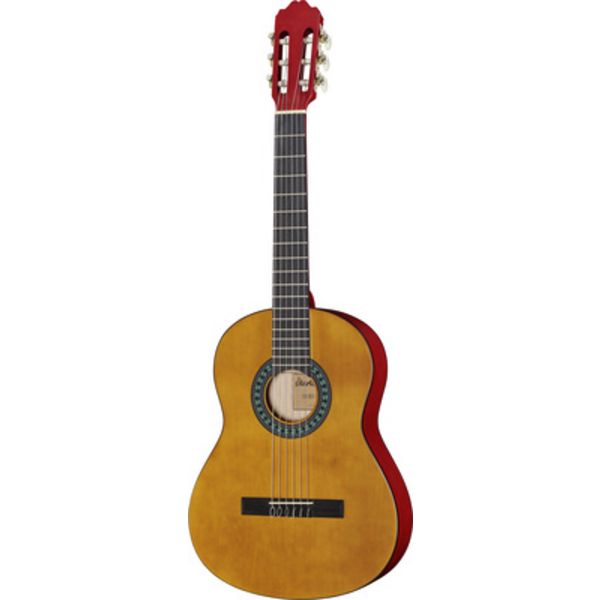

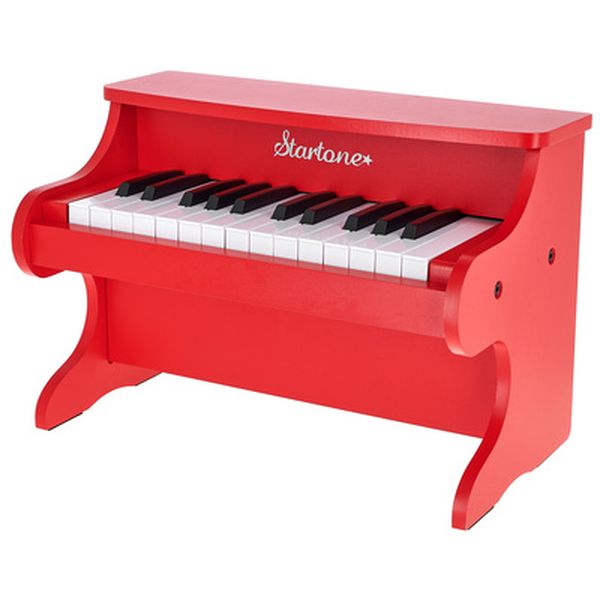
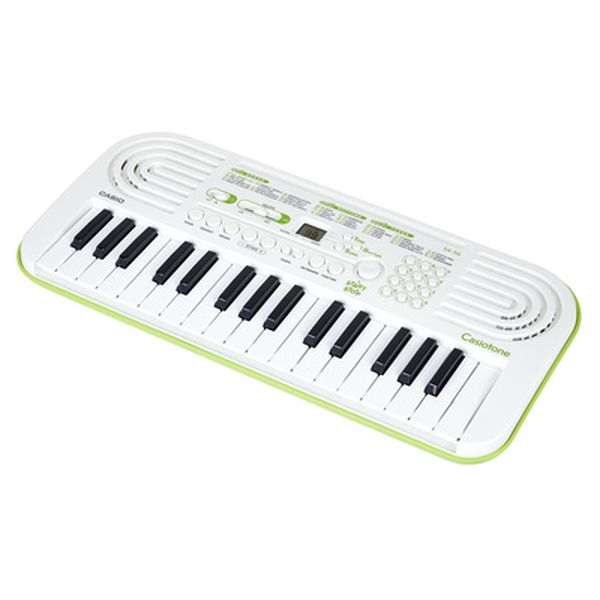
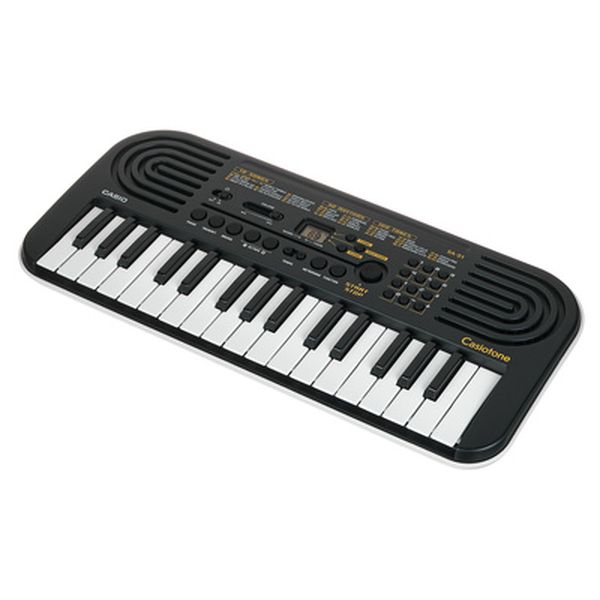
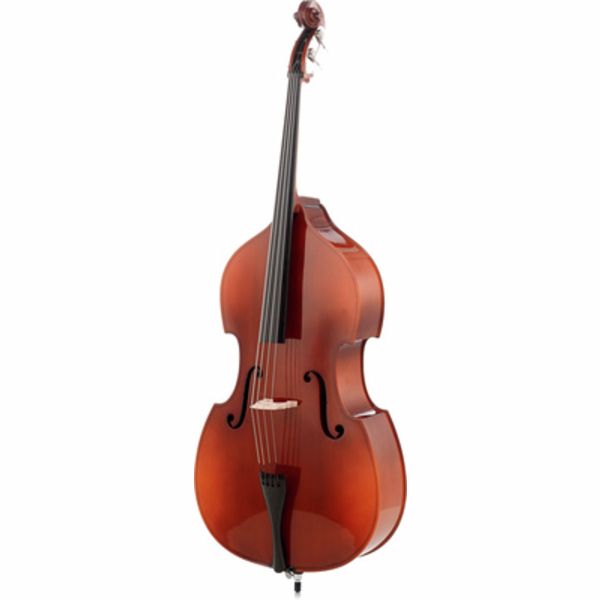
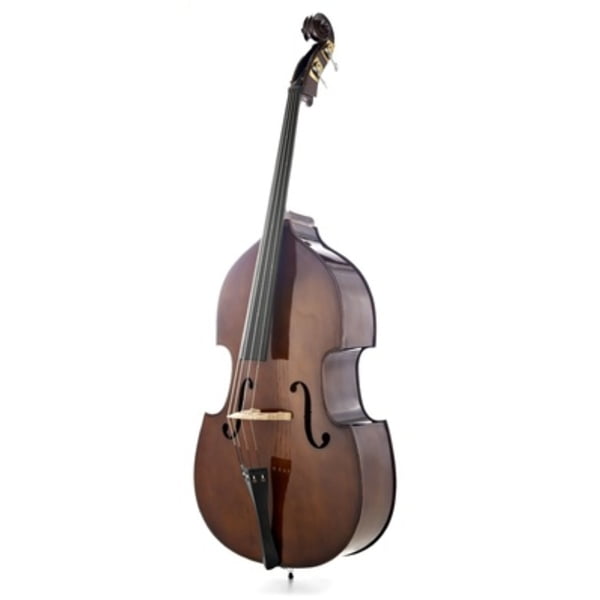
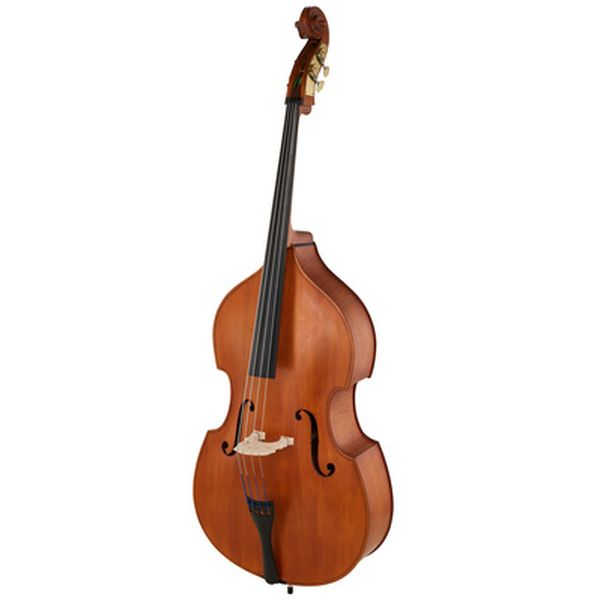
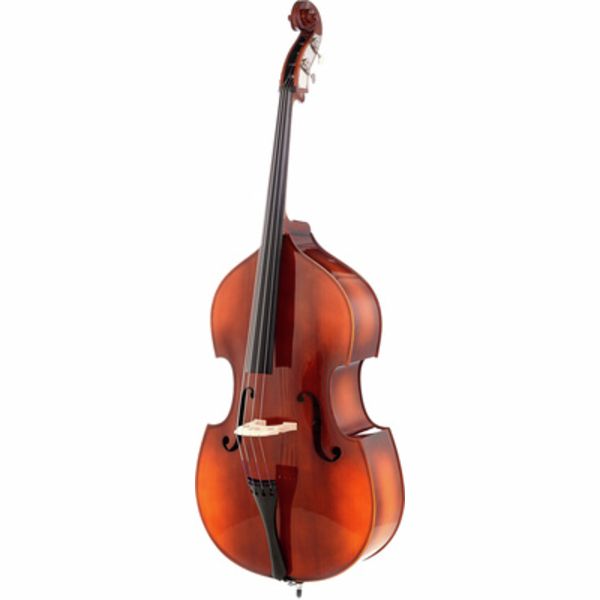
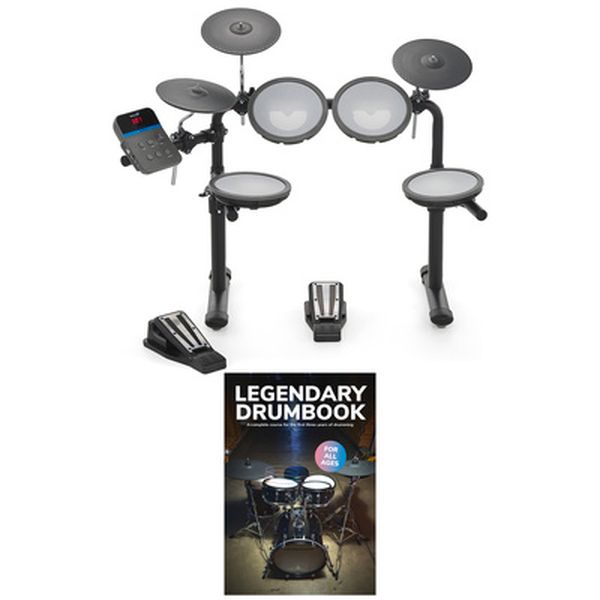
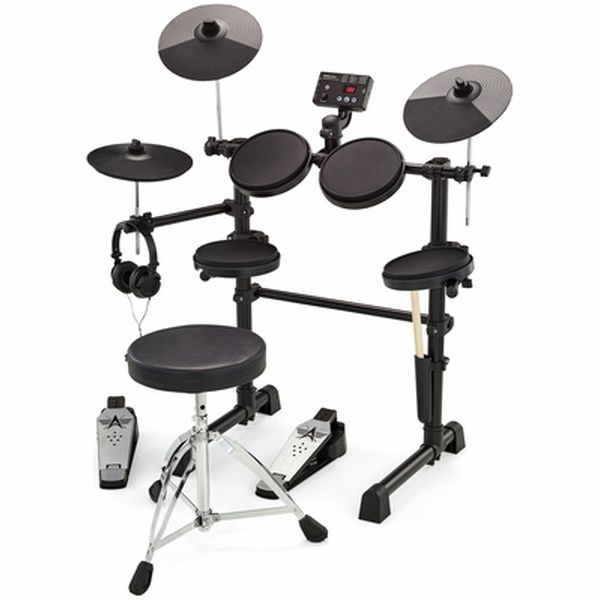
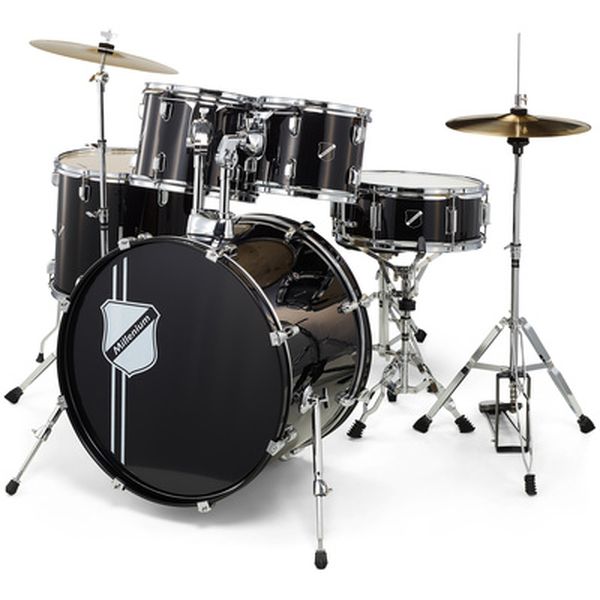
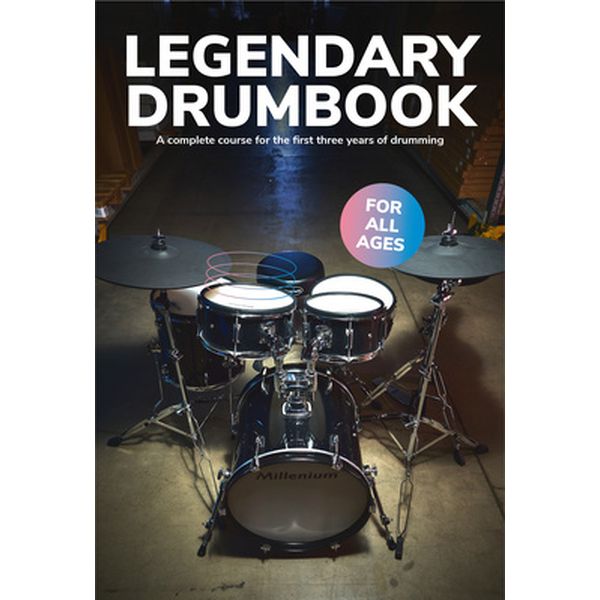


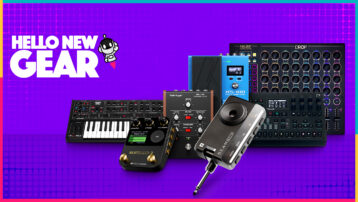











Comments 1